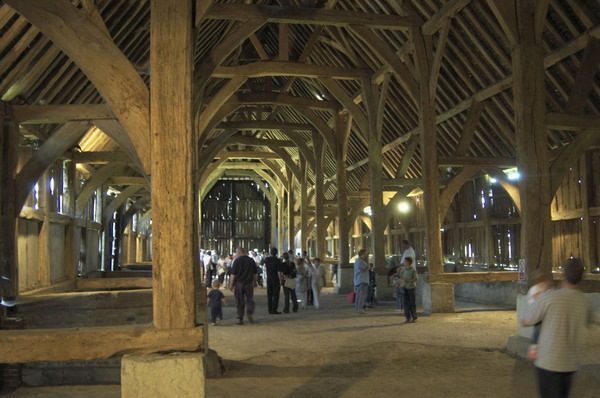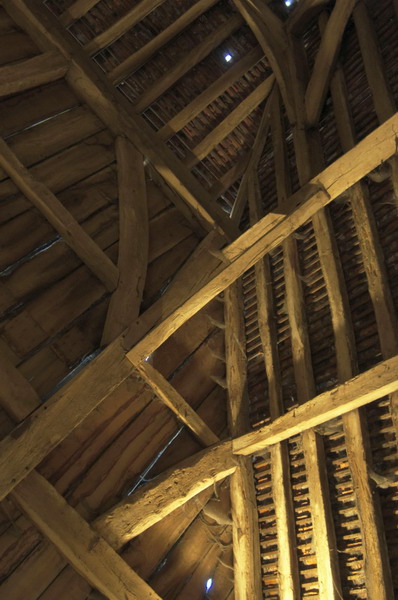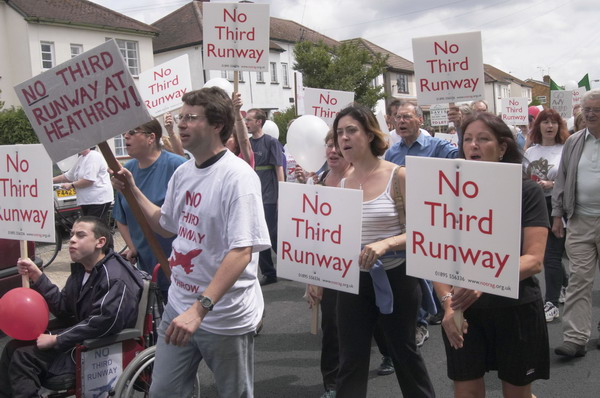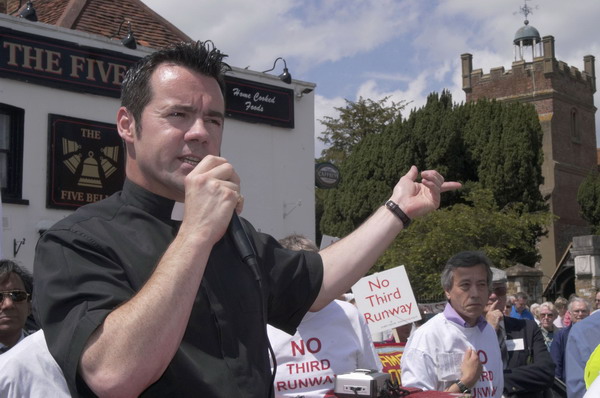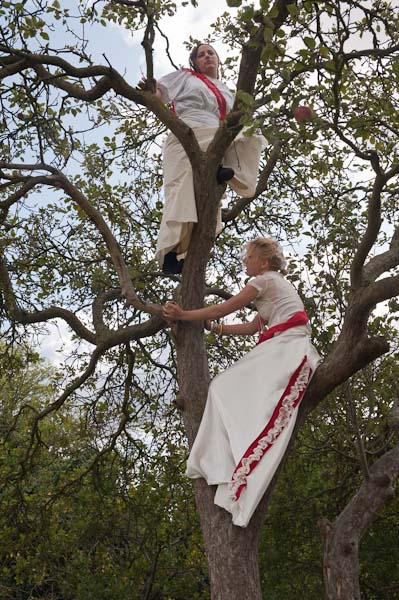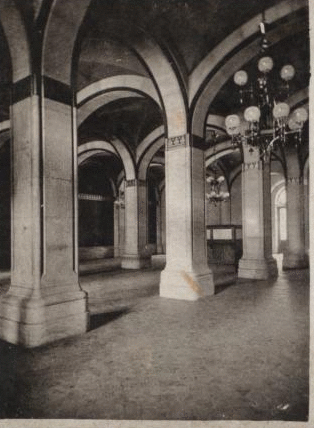Another image from 1978 which I scanned yesterday, ‘Wet Hole‘ seemed to me then to sum up my feelings about Bracknell, the by then not so New Town where I was working, and where I’d lived for three years earlier in the decade, although by this time I was enjoying a pleasant commute of a dozen miles with a colleague, or occasionally by a convenient train service.

I was finding my teaching job hard work, with long hours needed to make the necessary preparation and marking was a real bind. It was a badly managed school and much of what should have been preparation time was lost to supervise classes for absent colleagues, much of the absence stress-related.
Bracknell was still a large building site, with large new estates being added around its fringes and the centre, where this picture was made, continually being redeveloped.
It wasn’t really a modern town, which much of the housing perhaps tediously old-fashioned domestic, developed with the car in mind and separating traffic from pedestrians, which almost always seemed to mean doubling the distance from A to B on foot – so most of us walked along the edges of the roads, particularly at the more dangerous junctions. The town centre was always just a mess, but what depressed me most about the place was a lack of vision, of style. Being the most boring of the New Towns wouldn’t perhaps have been a bad thing if it worked well, but it didn’t.
Even the train service, one of its best aspects, was ridiculously slow – and got even slower while I was there. 28 miles from London in a direct line, the 32 mile rail journey now takes slightly over an hour, an average speed of 31.5 mph on trains which the operating company laughably calls ‘fast.’
But the picture wasn’t just about my feelings about Bracknell, it was also a comment on the often dreary depths of architectural modernism here in the sixties and seventies. If anything the temporary structures at the bottom of the image are visually more interesting than the buildings behind. Again it perhaps wouldn’t have been too bad a thing if it worked well, but too often it didn’t.
At the time I took this picture, I was working on my first major project on Hull, and in particular the vast redevelopment that was taking place there, much of which is now in my book ‘Still Occupied.’

My work there had partly been spurred on by my experiences in the previous decade as a grass-roots activist on housing and redevelopment issues in Hulme and Moss Side, Manchester. So although I’ve never thought of myself as an architectural photographer I did have a keen interest in urban planning and urban landscape, which more recently was reflected in the Urban Landscapes web site I set up with Mike Seaborne around ten years ago. But in Hull I was largely concerned with what was being lost rather than the new.
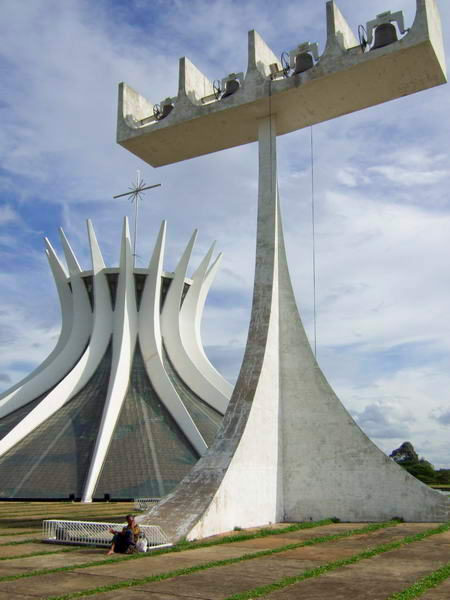
Almost 30 years later I got to visit Brasilia, where modernism essentially ended – and incredibly its architect Oscar Niemeyer is still alive at 104. I arrived there the day after his 100th birthday, and was shown around much of the city by the daughter of one of the planning team who worked with Lucio Costa (1902-98 – who incidentally went to secondary school in Newcastle upon Tyne.) It was of course a prestige project and its signature buildings still lift the spirit despite the city’s faults.
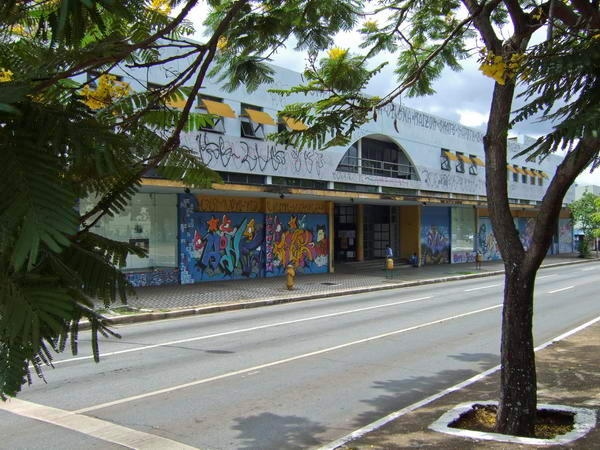
On a smaller scale, Costa’s “superquadras“, the neighbourhoods which repeat across the city, seem so much more lively and human than anything our own New Towns have to offer. Simone de Beauvoir wrote of their “air of elegant monotony”, but perhaps they have matured with age, and certainly some of the elegance is still there, along with a vibrancy we can’t match.
